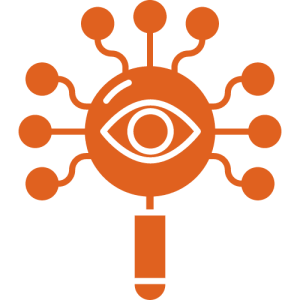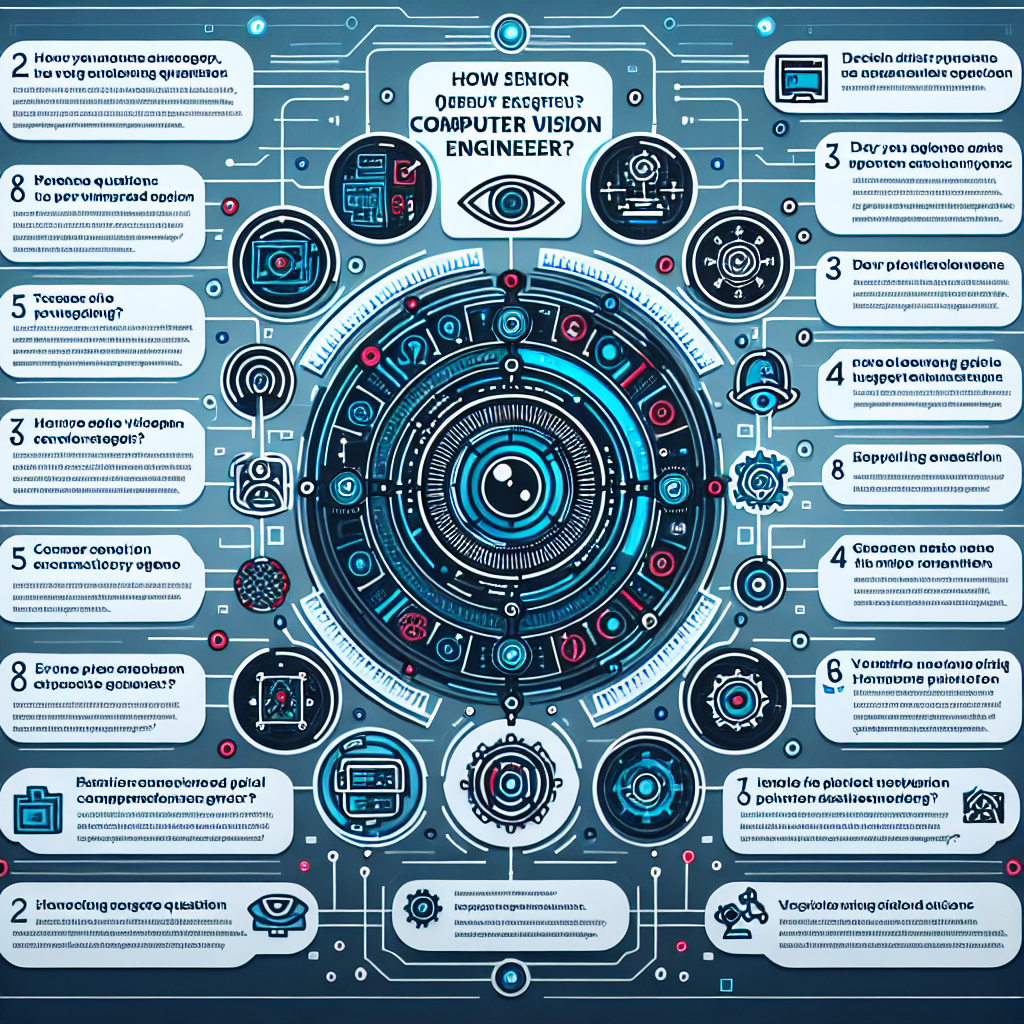Understanding the Explanation and Inference of Stable Diffusion 3 and 3.5
Understanding the Explanation and Inference of Stable Diffusion 3 and 3.5
Introduction
The concept of stable diffusion has been a topic of interest in recent research. In particular, Stable Diffusion 3 and 3.5 have gained attention due to their unique properties and potential applications. Let’s delve into the explanation and inference of these stable diffusion versions.
Explanation of Stable Diffusion 3
Stable Diffusion 3 is a mathematical model that describes the spread of information or influence within a network. It takes into account various factors such as node connectivity, node influence, and the dynamics of information propagation. This model provides a comprehensive understanding of how information diffuses through a network and how it affects different nodes.
Inference of Stable Diffusion 3.5
Building upon the foundation of Stable Diffusion 3, Stable Diffusion 3.5 introduces additional elements to enhance the accuracy and applicability of the model. It incorporates temporal dynamics, considering the time factor in information diffusion. This allows for a more realistic representation of how information spreads over time and how it evolves within a network.
Key Insights
- Stable Diffusion 3 and 3.5 provide a comprehensive understanding of information diffusion in networks.
- Stable Diffusion 3 considers factors such as node connectivity and influence.
- Stable Diffusion 3.5 incorporates temporal dynamics, accounting for the time factor in information propagation.
- These models have potential applications in various fields, including social networks, marketing, and epidemiology.
Summary
Stable Diffusion 3 and 3.5 are mathematical models that explain and infer the spread of information or influence within networks. While Stable Diffusion 3 focuses on node connectivity and influence, Stable Diffusion 3.5 adds temporal dynamics to provide a more realistic representation of information diffusion. These models have wide-ranging applications and offer valuable insights into how information spreads and evolves within networks.







